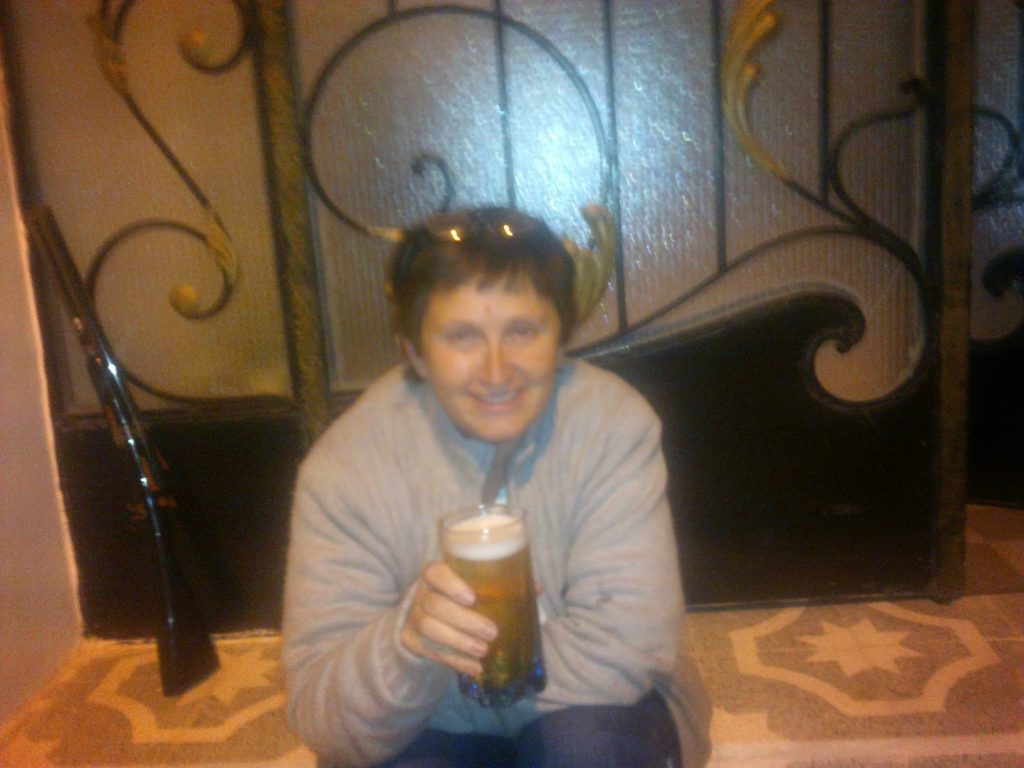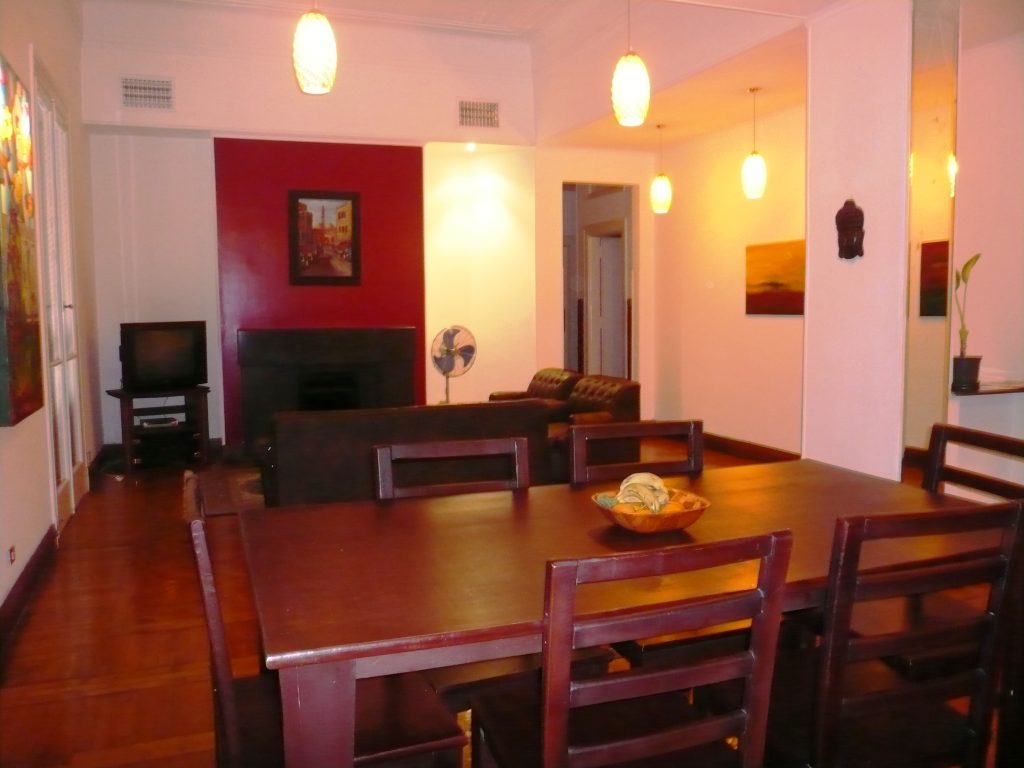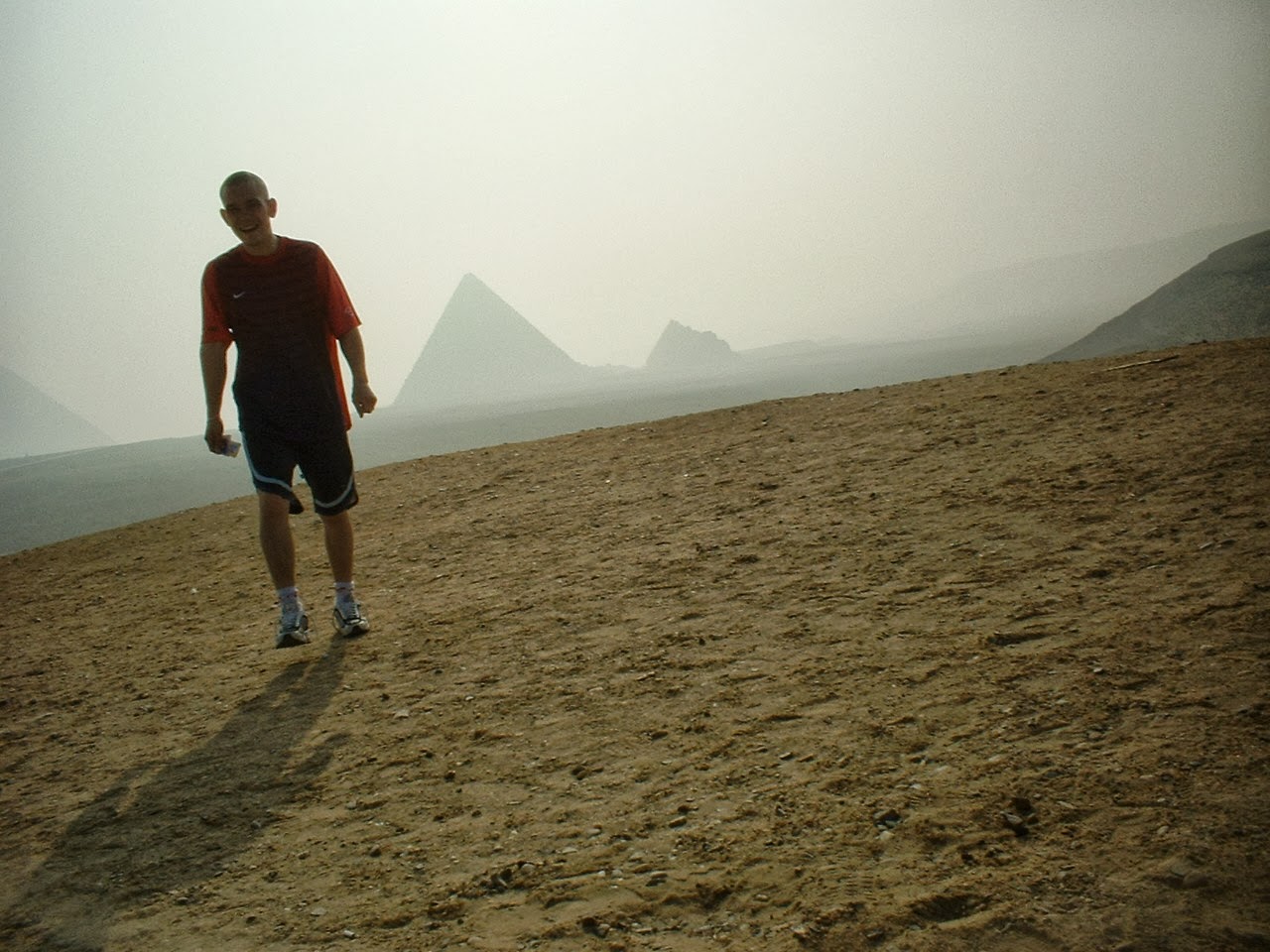Featured image above: How many lifetimes have these stones seen? And yet, this moment belongs only to him.
People hold their breath. When conflict or crisis flashes across the news, the world freezes. Plans are cancelled. Dreams are put back on the shelf. The universal question becomes, “Is it safe?” And the consensus, spoken in hushed tones, is that it is not.
But I learned to ask a different question: “How much of my life will I spend waiting?”
I first pondered it in 1981, waiting for a meteor that never arrived. It whispered again after Chernobyl in 1986, amidst fears of a poisonous wind that never came.
The lesson finally solidified in Tahrir Square in 2011. In Luxor, we learned of the revolution not from the streets, but from the television, like everyone else.

We didn’t believe it. But fear is a contagion, fanned by media scenes of crowded airports and nations scrambling to retrieve their citizens. My own embassy contacted me: did I want an airlift? I most certainly did not! Nor did I understand their panic. Was no one going into the street to see for themselves what was real or not?
And so, as soon as my last guests had left—each having completed their full itineraries with me, undisturbed—I packed a bag and flew to Cairo. I had apartments there, a mere ten-minute walk from Tahrir Square.

I expected to find a city in turmoil. What I found was a media circus contained within a single square. The moment I stepped across the police barriers at the perimeter of the square, I found a downtown Cairo where life unfolded with its normal, resilient rhythm. The narrative and the reality were two different things. The international media would continue their circus for over a year, and the world would continue to buy into the false drama, until the only people left were those coming for the free food provided daily by NGOs.
Those were the days that I truly understood the ways of the world and stopped waiting.
Instead of watching the same scene replay day after day and week after week, I picked up a map and a guidebook. My mission was to see if a tourist, armed with those tools, could navigate Cairo alone. To cut a long story short, they could—if they had years to spare. Otherwise, it was a lesson in wasted time, taxi fares, patience and energy.
But in that struggle, I found the hidden corners. I discovered forgotten treasures the authorities didn’t even recognize as such. I stumbled upon tiny workshops in shadowed alleys that delighted me, places that felt straight out of Harry Potter’s world and, surrounded by gemstones even started a great jewellery making business. I began to find the places (I haven’t finished) that the mainstream tourism industry had long since passed by, content to treat Cairo as a three-day stopover for people in a hurry to check items off their bucket lists.
In the silence of that stalled tourism market, I found the soul of the place and, to some extent, myself. I was not just killing time; I was building the future. I was creating the unique adventures I would later offer my guests.
Yet patterns repeat and the wheel turns. After every downturn, there is a rebound. Every time tourism in Egypt takes an upswing, I find myself providing the same sought-after tours—because that is what people ask for—while I long to have the time to take them deeper.
This pattern has repeated itself—after 2013, during COVID. Now Gaza. Each time, the world holds its breath. And each time, a window opens for those who dare to see for themselves, before the tide of mass tourism inevitably returns.
Yes, I know Gaza is real, and it is only 200 kilometers away, on the other side of the Sinai Peninsula from what we would consider mainland Egypt. The world waits for the problem to spill into Egypt. It has waited for two years now, and each day the wait continues. How many people have parked their dreams, their intended trip to Egypt in those two years?
But what the smart, the wise, and the truly adventurous have always known is that the media’s story is a single, often distorted, page in a vast and ancient library. They understand that to be manipulated by headlines is to surrender your own curiosity, your own journey, your own life.
When the wise and adventurous see the window opening, they come to Egypt to claim their private audience with history, in the quiet that the crowds will never know…
And what do they find? They find that life here, in the shadow of eternity, continues. The Nile flows. The sun warms the sacred standing stones. And in the absence of the crowds, a profound peace descends. They come because, in the space between the rising sun and the ancient stones, a profound clarity emerges. It is the gift of time—time to stop, to question, and truly listen. And in that stillness, everyone receives the answer they have been carrying inside, waiting for the right moment to be heard.
And so once again, I feel that familiar shift in the air. Another window is about to open.
This is not a call for the tourist. This is an invitation for the seeker, the pioneer, the individual who understands that the greatest risks are not in travel, but in a life unlived. It is for those who, like me, have decided to stop waiting and start seeing. “If not now, when?”
The path is clearing. The treasures are waiting. The question is no longer if you will come to Egypt, but whether you are ready to walk through the window this time.
Are you?

